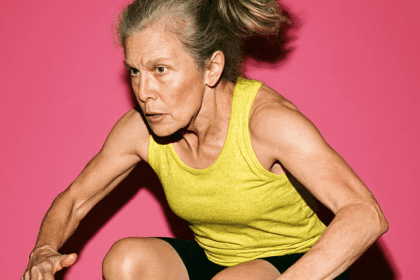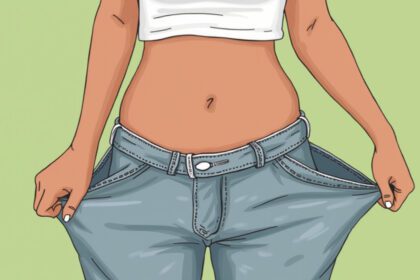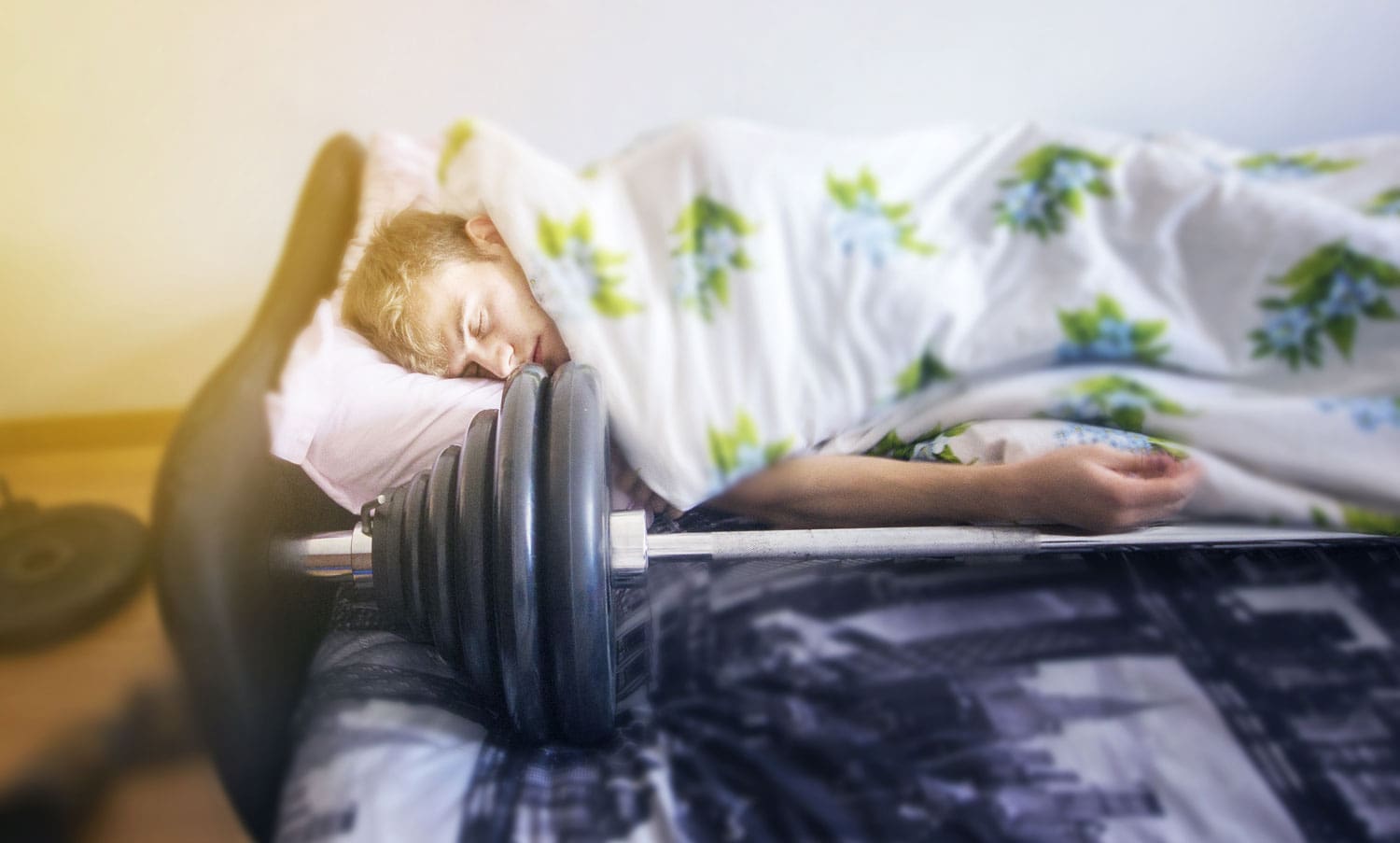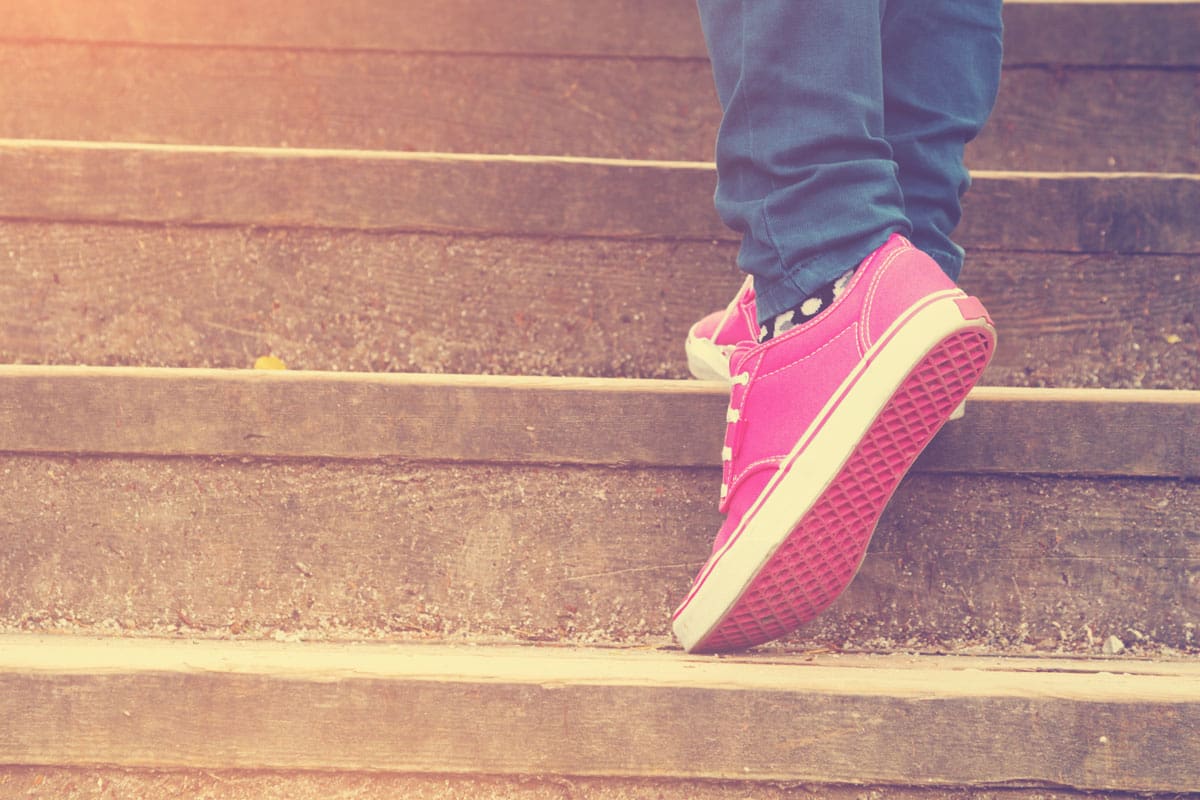By Muscle Media
Stop wasting your time in the gym doing practically useless exercises like shrugs, leg extensions, leg curls, bicep curls, and triceps presses. Instead, if you really want a rock-hard functional body, focus on exercises that stimulate full-body changes, instead of trying to isolate a single muscle group.
Stimulating body composition
As you may have already discovered, the squat is at the top of the heap (along with deadlifts) as one of the most effective overall exercises for stimulating body composition changes (muscle gain and fat loss). Exercises like squats and deadlifts use more muscle groups under a heavy load than almost any other weight bearing exercises. These exercises stimulate the greatest hormonal responses (growth hormone, testosterone, etc.) of all exercises. In fact, university research studies have repeatedly shown that including squats in a training program increases lower body development, as well as upper body development, even though upper body specific movements are not performed during the squat.
Ultimate solution
Whether your goal is gaining muscle mass, losing body fat, building a strong and functional body, or improving athletic performance, the basic squat and deadlift (and their variations) are the ultimate solution. Squats can be performed with any free weighted objects such as barbells, dumbbells, kettlebells, sandbags, or just body weight. Squats should only be performed with free weights. Using a Smith machine or any other squat machines will not allow your body to follow natural, biomechanically correct movement paths. You also perform less work because the machine artificially stabilizes the weight for you. Therefore, you get weaker results.
Back squats
The most familiar squat is the barbell back squat where the bar is resting on the trapezius muscles of the upper back. Many professional strength coaches believe there are better options. One is the front squat where the bar is rested on the shoulders in front of the head. Another is the overhead squat, where the bar is locked out in a snatch grip overhead throughout the squat. These are thought to be more functional to athletic performance than back squats with less risk of lower back injury. A combination of all three could be used, but not necessarily during the same phase of your workouts. They will yield the best results for overall muscular development, body fat loss, athletic performance, and keep your workouts varied.
Front squats
While front squats are moderately more difficult than back squats, overhead squats are considerably more difficult than either back squats or front squats. If you are only accustomed to performing back squats, it will take you a few sessions to become comfortable with front squats. Start out light. After a couple sessions, you’ll start to feel the groove and be able to increase the poundage.
 Resting the bar
Resting the bar
The front squat recruits the abdominals to a much higher degree for stability due to the more upright position when compared with back squats. It is primarily a lower body exercise, but is great for functionally incorporating core strength and stability into the squatting movement. It can also be somewhat difficult to learn how to properly rest the bar on your shoulders. There are two ways to rest the bar on the front of the shoulders. In the first method, you step under the bar and cross your forearms into an “X” position while resting the bar on the dimple created by the shoulder muscle near the bone. Keep your elbows up high so that your upper arms are parallel to the ground. You hold the bar in place by pressing the thumb side of your fists against the bar for support.
Alternatively, you can hold the bar by placing your palms face up and the bar resting on your fingers against your shoulders. For both methods, your elbows must stay up high to prevent the weight from falling. Your upper arms should stay parallel to the ground throughout the squat. Experiment to find out which bar support method is more comfortable for you.
Knees
Then, initiate the squat from your hips by sitting back and down. Keep the weight on your heels as opposed to the balls of your feet. Squat down to a position where your thighs are approximately parallel to the ground. Then, press back up to the starting position. Keeping your weight more towards your heels is a key factor in squatting. This will help to protect your knees from injury and develop strong injury-resistant knee joints. Keep in mind that squats done correctly actually strengthen the knees. Squats done incorrectly can damage them.
Practice
Practice first with an un-weighted bar or a light weight to learn the movement. Most people are surprised how hard this exercise works your abs once you learn the correct form. This is due to the more upright posture compared with back squats.







































